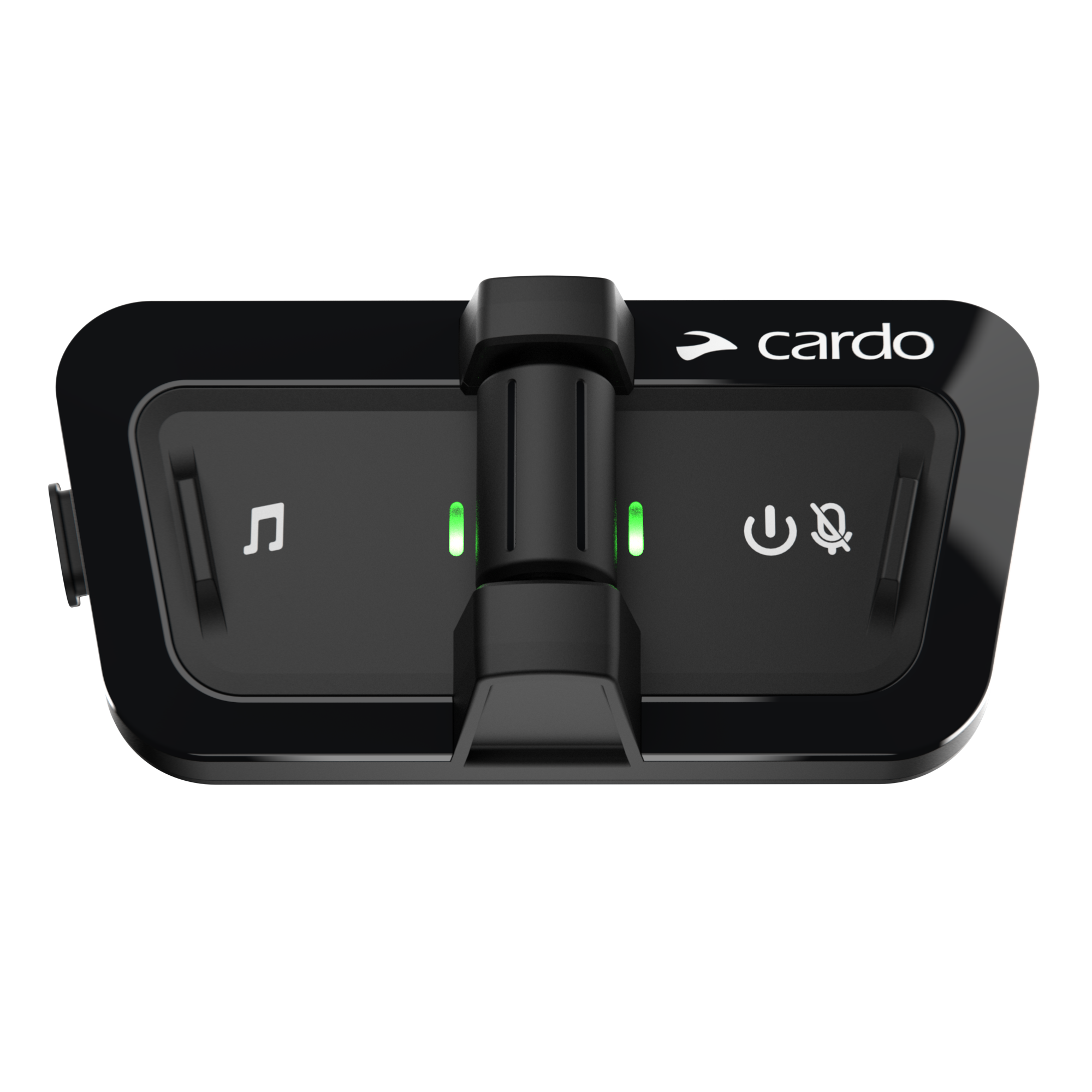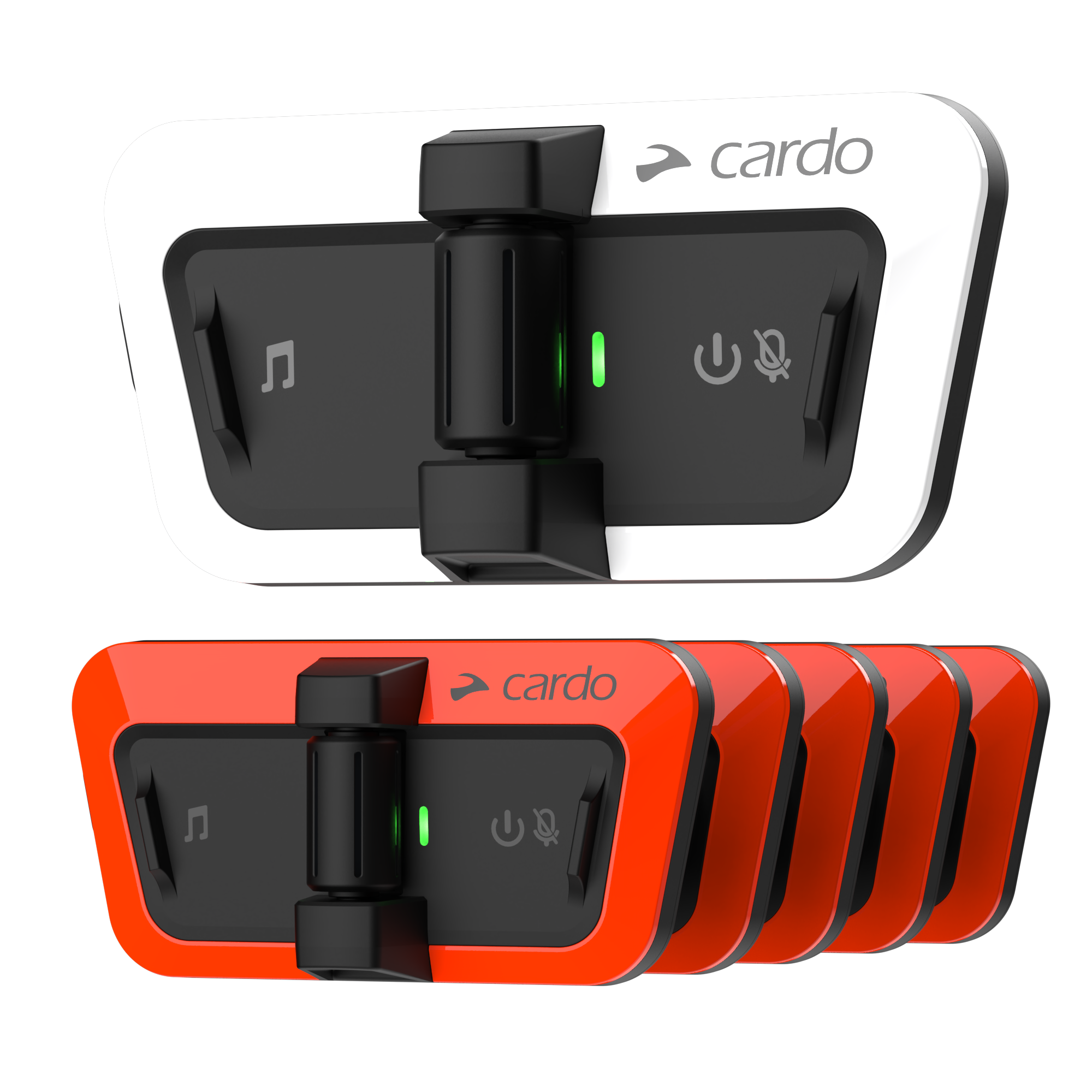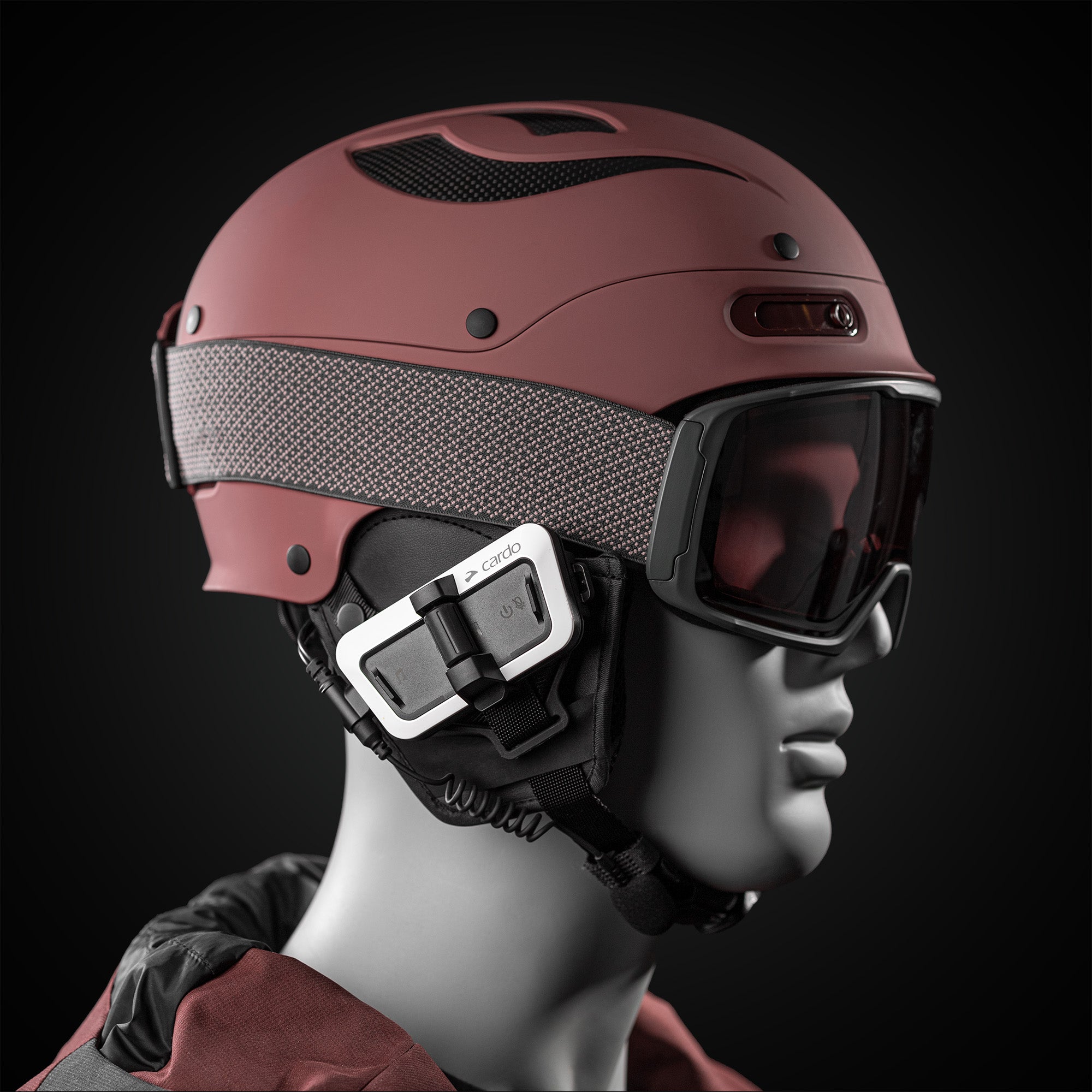Skiing season is just around the corner - and nothing ruins that first bluebird day faster than burning legs, low stamina, or a preventable injury. Preparing your body before hitting the slopes is the smartest way to ski longer, feel stronger, and avoid those early-season wipeouts.
One overlooked part of ski preparation is on-slope communication. Whether you ski with friends or family, staying connected improves safety and coordination. Using a ski helmet communication system like Cardo Packtalk Outdoor lets you talk in real time — hands-free — so no one gets separated on the mountain. It's one of the smartest tips for a safer, more enjoyable ski day, especially in low visibility or when navigating new terrain. This type of ski helmet communication setup is becoming a must-have piece of gear for group skiing and outdoor communication in general.
Now let’s get you physically ready.
Why Pre-Season Training Matters
Skiing demands a combination of strength, endurance, balance, mobility, and power—far more than most people realize. A focused 4–6 week prep phase can help you:
- Reduce knee and back injuries
- Improve control on difficult terrain
- Increase stamina for longer ski days
- Boost confidence on steeps, moguls, and off-piste lines
Below is the complete breakdown: strength, endurance, mobility, and functional drills that translate directly to better skiing.
1. Strength Training for Skiers
Strength is the foundation of good skiing. You need strong quads, hamstrings, glutes, and core muscles to stay balanced and powerful throughout the turn.
Must-Do Strength Exercises
1. Squats (Back or Front Squats)
- Why: Builds quad and glute power for carving and absorbing bumps.
- How much: 3–4 sets of 8–12 reps.
2. Romanian Deadlifts
- Why: Strengthens hamstrings and glutes—critical for knee stability.
- How much: 3–4 sets of 8–10 reps.
3. Lateral Lunges
- Why: Skiing is lateral movement. This exercise mimics turning mechanics.
- How much: 3 sets of 10 reps per side.
4. Wall Sits
- Why: Builds isometric quad endurance for long descents.
- How much: 30–90 seconds x 3 rounds.
5. Core Rotation Work (Russian Twists, Cable Rotations)
- Why: Core torque helps maintain balance and control.
- How much: 3 sets of 15–20 reps.
2. Endurance Training for the Slopes
Skiing is stop-and-go, but it demands high cardiovascular capacity. If you’re gassed after two runs, you need this section.
Best Endurance Workouts
1. Interval Training (HIIT)
Example:
- 30 seconds fast
- 60 seconds slow
Repeat 10–12 rounds
This mimics the intensity cycle of actual ski runs.
2. Steady-State Cardio
- 30–45 minutes on a bike, rower, or inclined treadmill
- Great for general mountain stamina
3. Stair or Hill Sprints
- Builds explosive leg power + cardio capacity
- 6–10 rounds, short but intense
3. Mobility Work to Prevent Injuries
Enhanced mobility = better carving mechanics + fewer aches + better absorption on uneven terrain.
Essential Mobility Drills
1. Ankle Mobility Lunge
- Key for forward flex in ski boots
- 2 minutes per side
2. Hip Flexor Stretch
- Reduces lower-back strain
- 1–2 minutes per side
3. Thoracic Spine Rotation
- Helps upper body stay quiet in turns
- 10 reps per side
4. Hamstring Stretching or PNF
- Improves edge control and stance
- 1–2 minutes per leg
4. Ski-Specific Power & Balance Drills
These drills directly translate to performance on snow.
1. Box Jumps or Broad Jumps
- Build explosive power for moguls and aggressive carving
- 3 sets of 6–8 reps
2. BOSU or Balance Board Work
- Improves stability and reaction speed
- 3–5 minutes per session
3. Skater Hops
- Lateral power + ski turn simulation
- 3 sets of 20–30 seconds
4. Agility Ladders
- Enhances footwork
- 3–5 different patterns per session
5. Gear, Safety & Communication Prep
Physical fitness is important but so is planning for safer and smoother days on snow.
1. Upgrade Your Ski Helmet Communication System
To ski confidently as a group, especially in variable conditions, a hands-free ski communication device is essential. The Packtalk Outdoor system gives you:
- Real-time group comms
- Crisp audio in any weather
- Long-range outdoor communication
- No reliance on phone signal
It keeps everyone connected and is becoming standard for group ski trips, families, and instructors.
2. Check Your Ski Boots
Proper fit = better control + fewer foot issues.
3. Tune Your Skis
Sharp edges + appropriate wax can change everything.
4. Layer Smart
Base layer → mid layer → waterproof shell.
6. 4-Week Training Plan (Sample)
Week 1–2:
- Strength: 3x per week
- Cardio: 2–3 sessions
- Mobility: 10 minutes daily
Week 3–4:
- Strength: 3–4x per week
- HIIT: 2x per week
- Ski-specific drills: 2x per week
- Mobility: 10–15 minutes daily
Conclusion: Hit the Slopes Ready to Perform
Getting ski-season ready isn’t just about strong legs—it’s about balanced preparation: strength, endurance, mobility, safety, and communication. With the right pre-season program—and a reliable ski helmet comms system like Packtalk Outdoor—you’ll ski longer, safer, and more confidently all season long.








